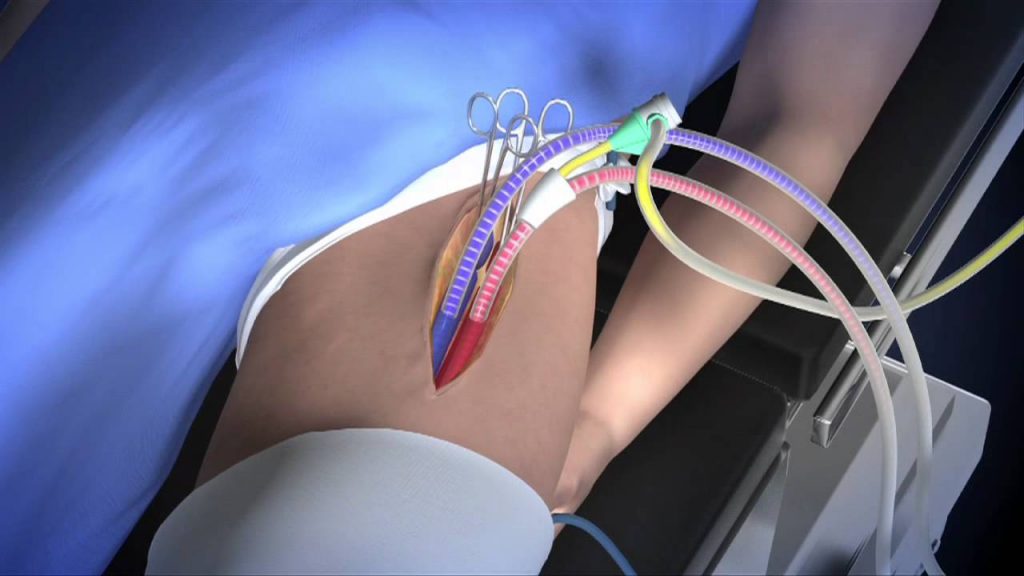Effect of Blood Viscosity on the Performance of Virtually Wall-less Venous Cannulas

Aim
This study was designed to quantify the influence of blood as test medium compared to water in cannula bench performance assessment.
Methods
An in vitro circuit was set-up with silicone tubing between two reservoirs. The test medium was pumped from the lower reservoir by centrifugal pump to the upper reservoir. The test-cannula was inserted in a silicone tube connected between the lower reservoir and the centrifugal pump. Flow rate and pump inlet-pressure were measured for wall-less versus thin-wall cannula using a centrifugal pump in a dynamic bench-test for an afterload of 40-60 mmHg using two media: blood 10 g/dL and 5.6 g/dL and water 0 g/dL.
Results
The wall-less cannula showed significantly higher flows rates as compared to the thin-wall cannula (control), with both hemoglobin concentrations and water. Indeed, for a target volume of 200-250 mL of blood (Hg 10 g/dL) in the upper reservoir, the cannula outlet pressure (P) was −14 ± 14 mmHg versus −18 ± 11 mmHg for the wall-less and control respectively; the cannula outlet flow rate (Q) was 3.91 ± 0.41 versus 3.67 ± 0.45 L/min, respectively. At the same target volume but with a Hg of 5.7 g/dL, P was −16 ± 12 mmHg versus −19 ± 12 mmHg and Q was 4 ± 0.1 versus 4 ± 0.4 L/min for the wall-less cannula and control respectively. Likewise, P and Q values with water were −1 mmHg versus −0.67 ± 0.58 mmHg and 4.17 ± 0.45 L/min versus 4.08 ± 0.47 L/min for the wall-less and control respectively.
Conclusion
Walls-less cannula showed 5.6% less pump inlet-pressure differences calculated between blood and water, as compared to that of thin-wall cannula (−21 times). Flow differences were 6% and 10% for the walls-less and thin-wall cannula respectively. We conclude that testing the cannula performance with water is a good scenario and can overestimate the flow by a 10%. However, superiority for wall-less is preserved with both water and blood.
